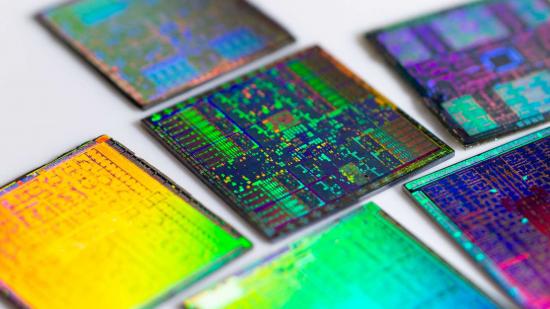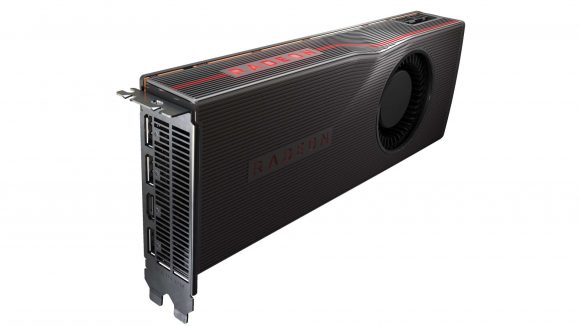Nvidia has said that its Turing GPU architecture “remains the most power efficient GPU on the planet at 12nm”, asserting that its architecture is still superior to AMD’s in performance per watt. That’s despite the red team’s jump to the latest and greatest 7nm process node from TSMC with AMD RX 5700 GPUs – a move that net the RDNA architecture greater power efficiency.
Both Nvidia and AMD are both fabless nowadays. That means they must source manufacturing elsewhere to produce the chips they design. Both companies opt for TSMC, the Taiwanese semiconductor manufacturing giant, to produce their graphics chips. Nvidia’s Turing 20-series and 16-series graphics cards are built upon the older 12nm process node, while AMD’s RX 5700-series are painted with the latest 7nm wide brush… grossly oversimplifying there.
But while the 7nm process node is intrinsically more power efficient than 12nm, Nvidia told journalists over at E3 during an event that it still holds the title of “most power efficiency GPU on the planet,” citing the Turing architecture’s frugal performance per watt advantage even on the less power-efficient node.
“Turing is a 12nm part,” Jeff Fisher, SVP of GeForce, says. “And we’re quite proud of that. Turing remains the most power efficient GPU on the planet.
Read more: These are the best graphics cards right now
“Over Pascal it is up to 1.4x our efficiency. If I had to draw on here,” Fisher points to a power/performance graph, “we don’t like to revel in our competition. But I will say there’s another GPU that was talked about that is roughly 2070 performance. The power of that device is right about here,” Fisher indicates beyond the RTX 2070 on the graph. “If I had to draw where the Radeon VII might be it’s roughly 2080 perf. And it’s somewhere out here for power,” Fisher indicates off the edge of the screen.
| Graphics card | TDP |
| RTX 2070 | 175W |
| RTX 2060 | 160W |
| RX 5700 XT | 225W |
| RX 5700 | 180W |
The numbers in the table above are from each respective manufacturer. These may differ when it comes to the real world gaming performance, so we’ll have to wait until we have AMD’s latest cards in the test bench for the full picture.
The 7nm process node reportedly accounts for just 30% of the performance increase with the AMD RDNA architecture over its predecessor, Graphics Core Next. The rest is made up by architectural improvements driven by the same design philosophy AMD applies to its Ryzen products.
Radeon RX 5700 graphics cards will launch on July 7, but Nvidia doesn’t look to be standing idly by. It has been heavily rumoured to be prepping its own range of improved ‘Super’ cards for launch later in the year. Nvidia is also rumoured to move onto 7nm starting next year, going head-to-head with AMD on the advanced node.

